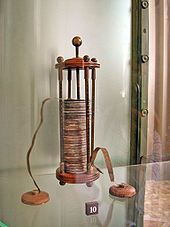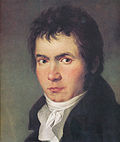
The Napoleonic Wars (1803–1815) were a series of conflicts fought between the First French Empire under Napoleon (1804–1815) and a fluctuating array of European coalitions. The wars originated in political forces arising from the French Revolution (1789–1799) and from the French Revolutionary Wars (1792–1802), and produced a period of French domination over Continental Europe. The wars are categorised as seven conflicts, five named after the coalitions that fought Napoleon, plus two named for their respective theatres; the War of the Third Coalition, War of the Fourth Coalition, War of the Fifth Coalition, War of the Sixth Coalition, War of the Seventh Coalition, the Peninsular War, and the French invasion of Russia.

The Napoleonic era is a period in the history of France and Europe. It is generally classified as including the fourth and final stage of the French Revolution, the first being the National Assembly, the second being the Legislative Assembly, and the third being the Directory. The Napoleonic era begins roughly with Napoleon Bonaparte's coup d'état, overthrowing the Directory, establishing the French Consulate, and ends during the Hundred Days and his defeat at the Battle of Waterloo. The Congress of Vienna soon set out to restore Europe to pre-French Revolution days. Napoleon brought political stability to a land torn by revolution and war. He made peace with the Roman Catholic Church and reversed the most radical religious policies of the Convention. In 1804 Napoleon promulgated the Civil Code, a revised body of civil law, which also helped stabilize French society. The Civil Code affirmed the political and legal equality of all adult men and established a merit-based society in which individuals advanced in education and employment because of talent rather than birth or social standing. The Civil Code confirmed many of the moderate revolutionary policies of the National Assembly but retracted measures passed by the more radical Convention. The code restored patriarchal authority in the family, for example, by making women and children subservient to male heads of households.
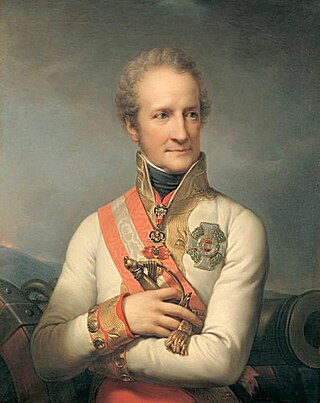
Johann I Joseph was Prince of Liechtenstein between 1805 and 1806 and again from 1814 until 1836. He was the last Liechtenstein prince to rule under the Holy Roman Empire between 1805 and 1806 and as regent of Liechtenstein from 1806 until 1814. He was the fourth son of Franz Joseph I, Prince of Liechtenstein.

Thomas Jefferson served as the third president of the United States from March 4, 1801, to March 4, 1809. Jefferson assumed the office after defeating incumbent John Adams in the 1800 presidential election. The election was a political realignment in which the Democratic-Republican Party swept the Federalist Party out of power, ushering in a generation of Jeffersonian Republican dominance in American politics. After serving two terms, Jefferson was succeeded by Secretary of State James Madison, also of the Democratic-Republican Party.
These are lists of battles of the French Revolutionary and Napoleonic Wars (1792–1815).
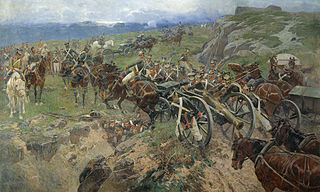
The Russo-Persian War of 1804–1813 was one of the many wars between the Persian Empire and Imperial Russia, and, like many of their other conflicts, began as a territorial dispute. The new Persian king, Fath Ali Shah Qajar, wanted to consolidate the northernmost reaches of his kingdom—modern-day Georgia—which had been annexed by Tsar Paul I several years after the Russo-Persian War of 1796. Like his Persian counterpart, the Tsar Alexander I was also new to the throne and equally determined to control the disputed territories.

The First French Empire, officially the French Republic, then the French Empire after 1809 and also known as Napoleonic France, was the empire ruled by Napoleon Bonaparte, who established French hegemony over much of continental Europe at the beginning of the 19th century. It lasted from 18 May 1804 to 3 May 1814 and again briefly from 20 March 1815 to 7 July 1815, when Napoleon was exiled to St. Helena.
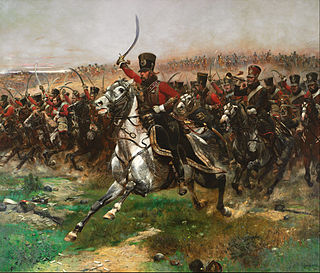
The 4th Hussar Regiment is a hussar regiment in the French Army, raised and embodied in 1783 and still in existence.

The 19th century began on 1 January 1801, and ended on 31 December 1900 (MCM).
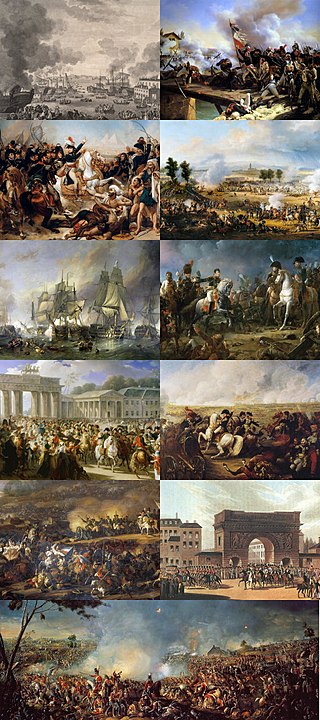
The French Revolutionary and Napoleonic Wars, sometimes called the Great French War, were a series of conflicts between the French and several European monarchies between 1792 and 1815. They encompass first the French Revolutionary Wars against the newly declared French Republic and from 1803 onwards the Napoleonic Wars against First Consul and later Emperor Napoleon Bonaparte. They include the Coalition Wars as a subset: seven wars waged by various military alliances of great European powers, known as Coalitions, against Revolutionary France – later the First French Empire – and its allies between 1792 and 1815:
Diamond was launched in 1798 at Quebec. French privateers captured her three times, the third time retaining her. In between she sailed as a slave ship in the triangular trade in enslaved people. Her third capture occurred while she was on a whaling voyage. Her last voyage took her from Île de France to Bordeaux where she was decommissioned in January 1809.
Horatio was launched in 1800 at Liverpool. She made four voyages as a slave ship in the triangular trade in enslaved people. During two of these voyages she was captured and recaptured. Shortly before the British slave trade ended she left the slave trade and sailed between Britain and South America and as a West Indiaman. She was wrecked in 1817.

Thomas Jefferson took office in 1801 after defeating incumbent President John Adams in the 1800 presidential election. By July 1801, Jefferson had assembled his cabinet, which consisted of Secretary of State James Madison, Secretary of the Treasury Albert Gallatin, Secretary of War Henry Dearborn, Attorney General Levi Lincoln Sr., and Secretary of the Navy Robert Smith. Jefferson sought to make collective decisions with his cabinet, and each member's opinion was elicited before Jefferson made major decisions. Gallatin and Madison were particularly influential within Jefferson's cabinet; they held the two most important cabinet positions and served as Jefferson's key lieutenants. During Jefferson's administration, the key foreign policy concerns revolved around relationships with the major European powers, particularly the United Kingdom, France, and Spain—each of which continued to hold substantial territories in North America—and with conflicts with the Barbary pirates.


